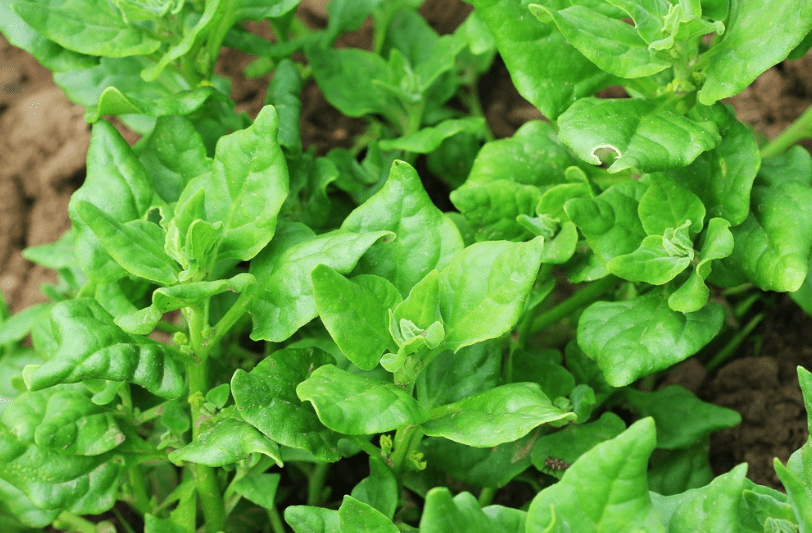The past year has been tough, even for a confirmed optimist like me. So, I'm trying to find comfort in the little things life throws our way, like the curly-leaf lettuce we received at the garden. Yep, that's me—even lettuce can improve my mood. Especially when it's a Lalique lettuce.
I’m happy to present this week the Lalique lettuce. But since Lalique is a relatively new varietty and the evolution of cultivated lettuce has been going on for 5,000 years, let's start at the beginning.
Let's start in Pharaonic Egypt in the third millennium BC. At that time, the Egyptians grew or gathered a plant from the Asteraceae family. Unlike modern lettuces, its leaves were modest, and it excelled in its fleshy seeds, which were an important source of oil.
We're used to thinking of lettuce as a humble and solid vegetable, but the ancient Egyptians had a less modest view of it. The ancient Egyptians considered lettuce as an aphrodisiac.

At some point in time, lettuce varieties began to appear with a wide fan of leaves, similar to today’s, which was quickly recognized as a food. It first spread from Egypt to the Arabian Peninsula and the Near East, including the Land of Israel.
When the Romans arrived in the region, they took it to Europe, where the common variety of lettuce is still known as "Roman lettuce". Despite its low calorie content, the Greeks and Romans already recognized its health benefits (today we know it's rich in vitamins and antioxidants), and since it is easy to grow, and provides bulk, it quickly became popular throughout the Old World.
At the time, the taste of lettuce varieties was much more bitter than what we know today (which is why it was customary to include it in dinners as a type of bitter herb), and this brings us to the next stage in its evolution.
As mentioned, the wild varieties of lettuce and the first cultivated varieties developed from them were very bitter. In a long process of agricultural selection carried out by European growers from the Roman era to the end of the Middle Ages, varieties without bitterness were developed. As early as the Roman era, alongside green lettuces, purplish lettuces also appeared. In the 17th century, Dutch growers developed lettuce varieties with a more rounded shape and a lighter color.

These varieties were called iceberg lettuce (and you can still find this branding and these varieties today), and at the same time, curly varieties also appeared, including Lalique lettuce, which has no hint of bitterness and is even slightly sweet. It has a wonderful crunchy texture that will upgrade any burger and is always a pleasure to find in a salad and, of course, in our weekly vegetable box.
And speaking of the evolution of lettuce, which began 5,000 years ago as an aphrodisiac in Egypt, in 2015, lettuce became the first vegetable to be successfully grown and harvested in space! As part of an experiment conducted at the International Space Station (ISS), astronauts grew lettuce successfully.
That's it. There's no punchline here, just a mention of a cool fact.









